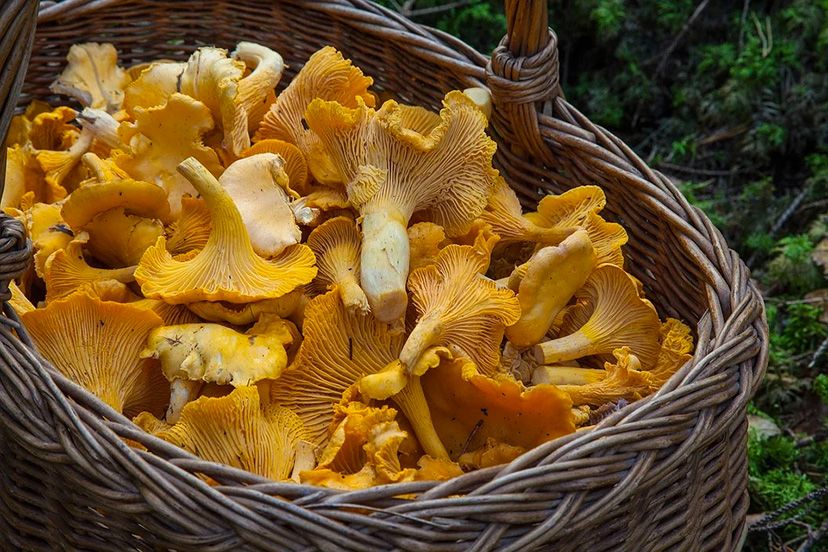
In search of 'pebrassos'
The green and misty woods of Es Amunts are the kingdom of fungi of all kinds. Autumn is the rainy season and when you venture out into the country it is normal to find the delicious “pebrassos” or milk cap mushrooms (lactarius piperatus), one of the island’s highly prized delicacies.
Your best point of departure is the Es Amunts Visitors Centre where you can learn all about the nature, landscape and heritage of this green lung which extends over 190 km2 (a quarter of the island’s terrain) which covers the area between the districts of Sant Antoni, Sant Joan and Santa Eulària. The centre boasts an exhibition centre, a projection room and a garden with information designed to help and discover more about the island’s different habitats, such as the sea cliffs with their endemic vegetation, unique in the world, and their important colonies of birds of prey, the flat lands of Corona or Albarca, the Es Broll waterway, the beaches and villages and the cave of S’Avenc des Pouàs, with one of the most interesting cave remains in the Mediterranean.
With baskets in hand you leave the visitors centre and passing through the recreational area of Can Pere Musson you make for the Puig de Can Pere Musson. The island has 50 different species of mushroom although most Ibizans are usually looking for the orange “pebràs” The name comes from the unusual spicy taste similar to hot pepper which is known in Catalan as “pebre” However not all Ibiza’s mushrooms are edible. Some are toxic and some species are possibly deadly such as Lepiota cristata so you need to search with great care.
The best way of finding mushrooms is to search among the blooming heather, under pines and in open ground. Some of the edible species most commonly found are Suillus Bellini, Amanita ovoidea known as ‘pixacà’, ‘rogetas’ (Clitocybe costata), ‘llengua de bou’ (Hydnum repandum) and field mushrooms.
If by the end of your walk you have had no luck with your mushrooming, at least you will have had a lovely walk through one of the island’s principal green areas.
- Hits: 496



